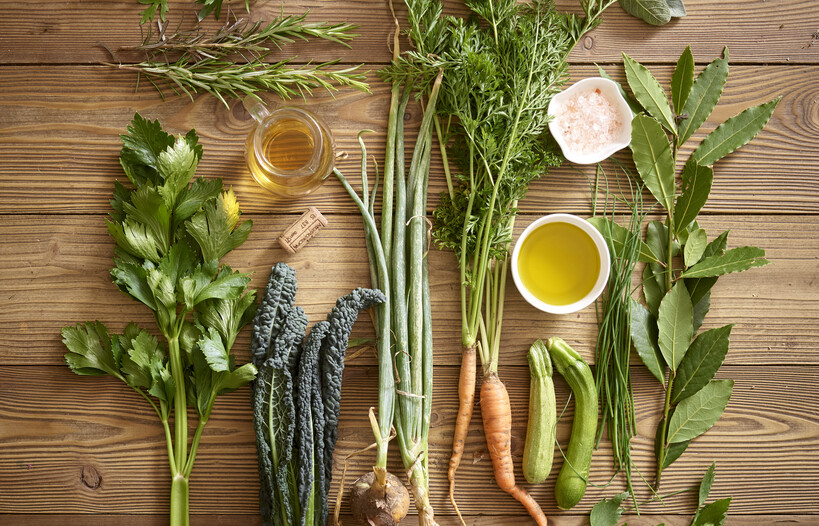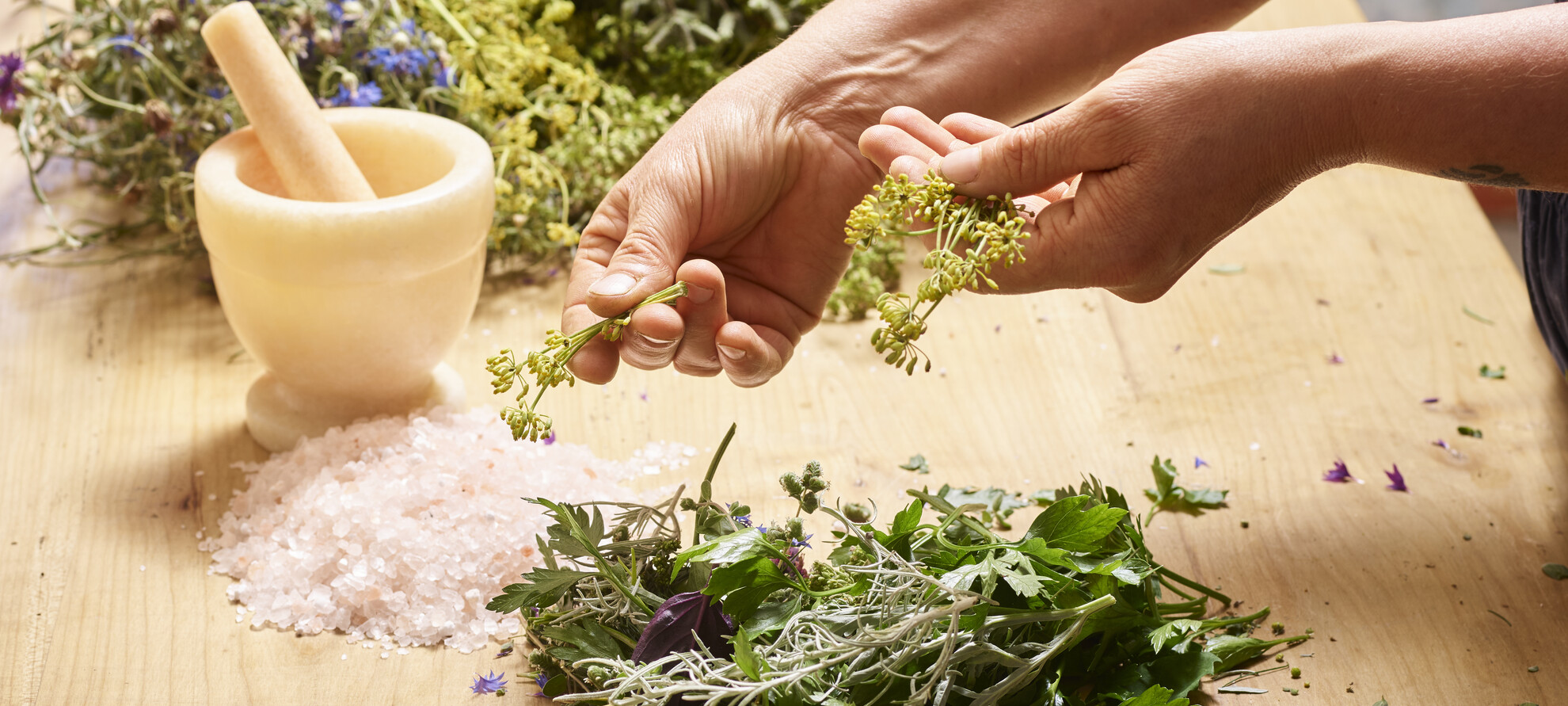The first springtime harvests
Mountain foraging
In nature, springtime is the season of rebirth, when everything begins to re-awaken after the long cold winter. The meadows and woods are illuminated by a blaze of colours, and longer days and warmth of the sun encourage us to enjoy the open air. We too are reborn a little, as we rediscover the freedom to savour the scents of the earth
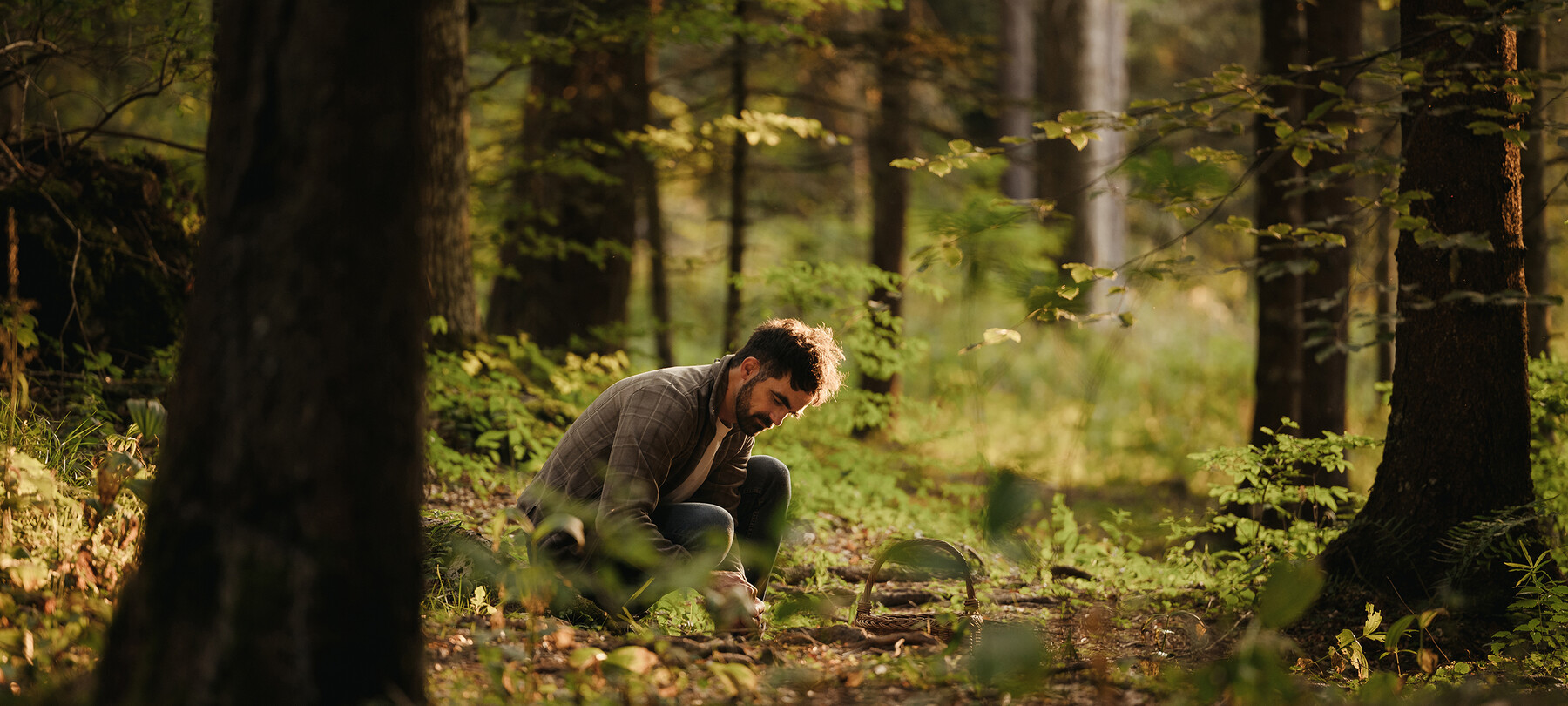
Foraging, meaning food salvation
This is the season when thriving vegetable gardens start to thrill us again as new shoots burst through the soil, and tree blossom heralds the arrival of juicy summer fruits. It’s the season when nature comes to life with wild plants – species that were once the pride and joy of the traditional alpine dining table. Today, when we’ve tamed nature, and can enjoy an ever more sophisticated supply of more or less intensively farmed crops, what we called foraging has become almost a leisure activity – yet its origins are very ancient in meaning. Wild plants have helped during many periods of subsistence farming, provided remedies for humans and livestock health, and been used for conserving food. They are known as alimurgic plants, from the Latin meaning food urgency. Wild edible plants, berries, resins, and flowers formed part of oral knowledge, handed down through generations, especially among women, and often woven into legends of their miraculous healing properties. This knowledge enshrines a deep respect for the cycle of life, when harvesting was carried out solely when nature was ready to give up her bounty, in a perfectly balanced coexistence between man and the environment.
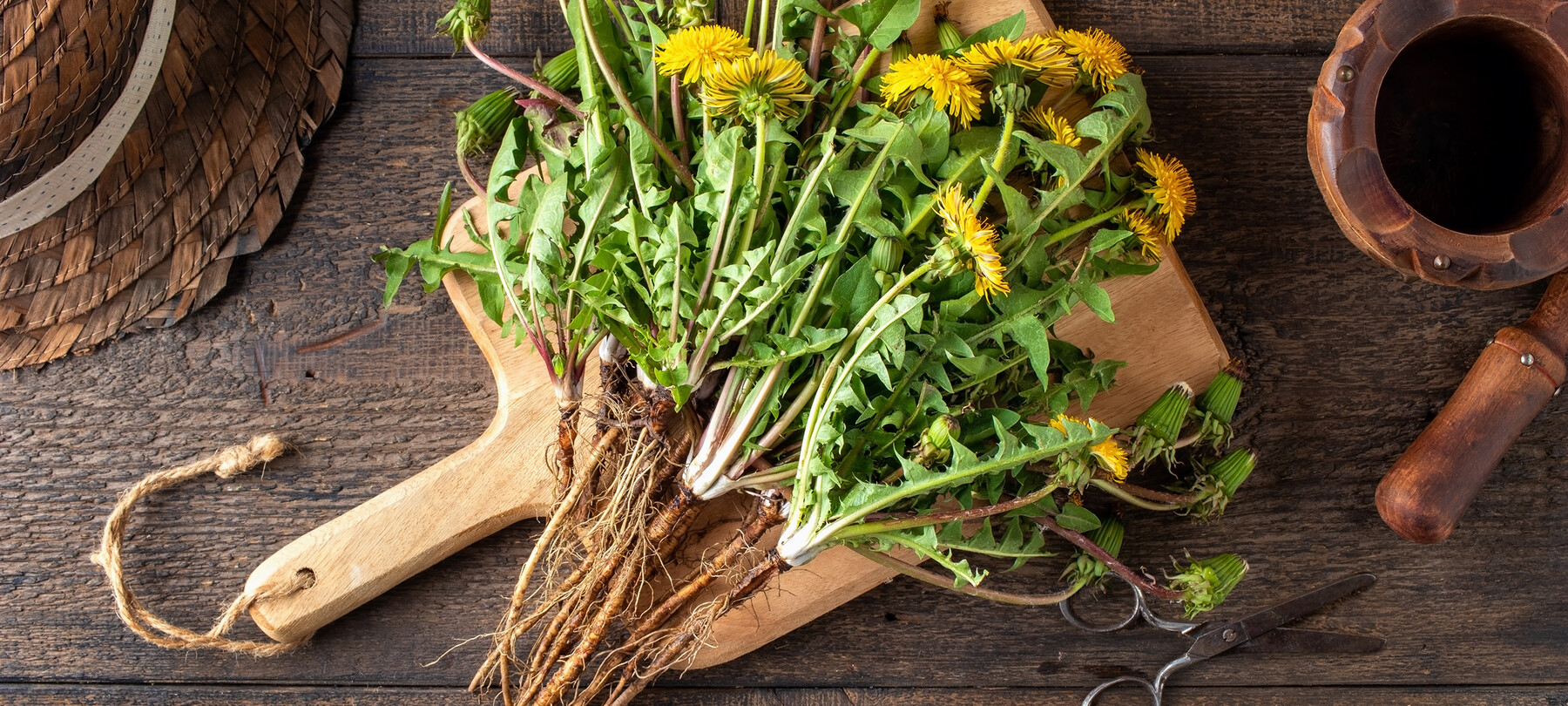
Foraging, meaning the health of the land
In the past, it was essential for mountain communities to maintain a healthy environment – their very lives depended on it. That’s why in Trentino, foraging for wild plants is more than just a trend. It’s closely linked to local people’s deep respect for their land and a philosophy of life: take no more from nature than she is willing to give us. Foraging is not plundering – it’s a sustainable practice central to the quest for a healthier diet. This is why in the Trentino region collecting wild plants, and this includes mushrooms, is strictly regulated by the Servizio Foreste e Fauna provinciale (Provincial Forestry and Wildlife Department). This means foragers can pick a maximum of one kilogram per person or obtain a special permit from the local council to pick mushrooms for example. It also means finding out what areas foraging is allowed, and also whether there are any protected species. For these reasons and other, as we shall discuss below, it’s a good idea to go in the company of someone who really knows the area, as well as the wild plants. One such person is Noris Cunaccia, Trentino’s foremost wild plant expert. To find a guide, you can always contact the local tourist office (APT).
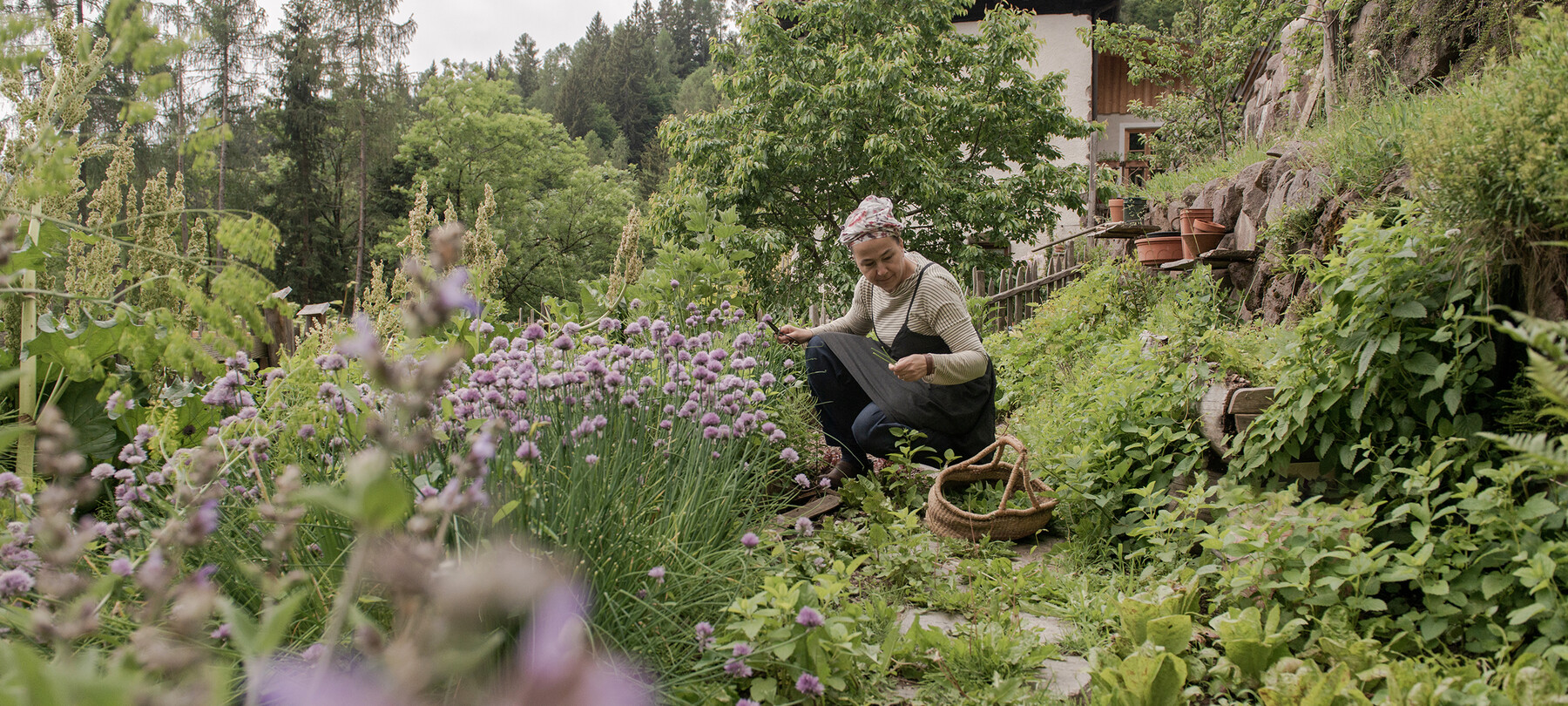
Foraging, meaning knowledge and experience
As mentioned, you need not only knowledge of the area, but real skill to recognise wild plants. You may have learned to recognize wild plants with the help and experience of grandparents or friends, or perhaps you’ve taken courses or studied books. Today, there are even apps or podcasts on the subject of foraging. However, it’s crucial not to go out and collect any wild plants on your own the first time you go. Many plants look similar – eat the wrong one and it could prove lethal. In Italy alone there are thousands of different wild plants. Some of them are generally well known and easy to recognize. Others need to be individually learnt until you can recognise them confidently. Springtime is the season for dandelions, wild hops, poor man’s asparagus, nettles, sweet woodruff, rapunzel, and wood violets. Among many others, at higher-altitude woodland in Trentino you can also find alpine sow thistle and bear garlic, a speciality that can sometimes be found in local chef's pantries or shops. The origins of their names are interesting: it’s thought they were the first wild plants that animals such as bears sought out after their winter hibernation for their energy-giving properties – as well as, we should add, because they taste great.

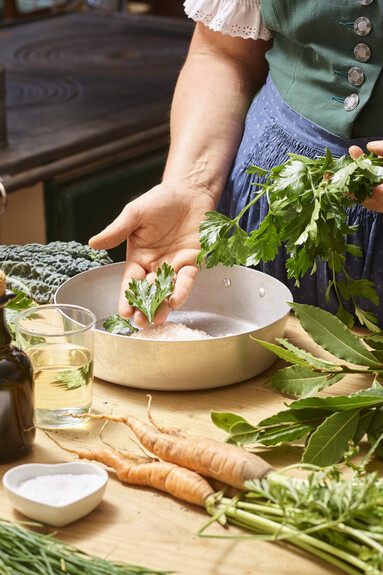
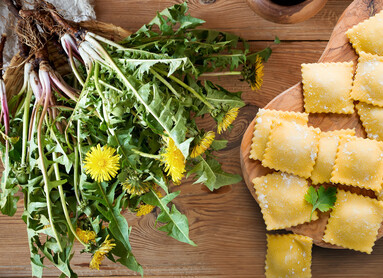
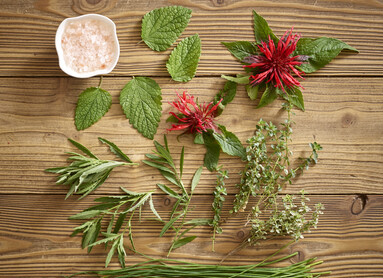
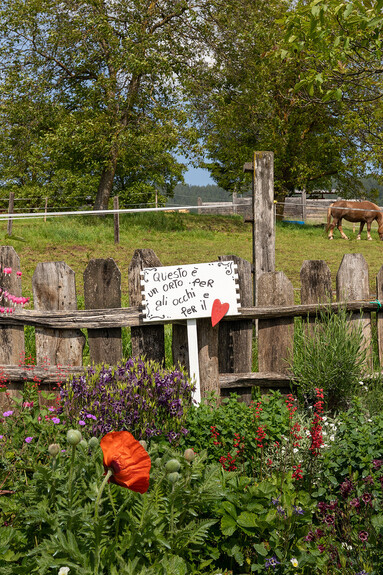
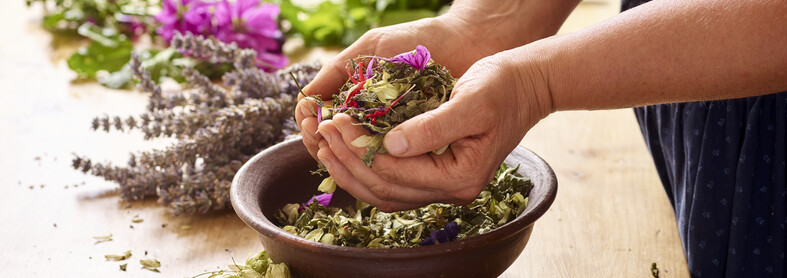
Wild plants for health and beauty, great-tasting plants, with flavours that spark memories memory, plants to seek out to discover more about nature. Wild plants to explore our beautiful area and fall in love with our mountains. Whatever your aim, be sure to respect them. And you can start to serve them up on your dining table with our springtime recipes, selected especially for them!
